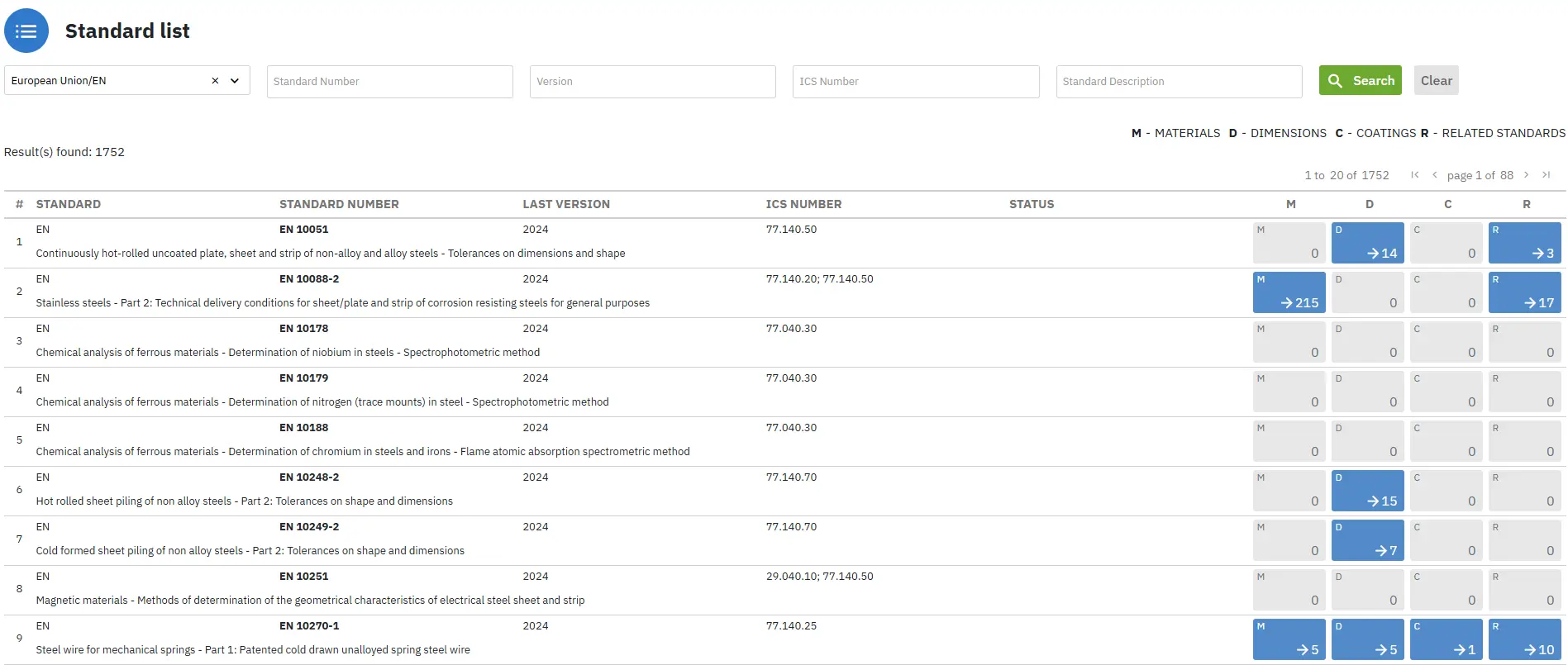EN Numerical Designation System for Alloyed Aluminum Ingots
Abstract
European standards for designation of aluminum and aluminum alloys, which is submitted to Technical Committee CEN / TC 132 “Aluminum and Aluminum Alloys”, have two basic designation systems: chemical symbol based designation system and numerical designation system. Chemical symbol based designation system is mainly the same for wrought products and castings while numerical system differs for wrought and casting products...
European standards for designation of aluminum and aluminum alloys, which is submitted to Technical Committee CEN / TC 132 "Aluminum and Aluminum Alloys", have two basic designation systems: chemical symbol based designation system and numerical designation system.
Chemical symbol based designation system is mainly the same for wrought products and castings while numerical system differs for wrought and casting products.
European Standard (EN) and International Aluminum Association (UNS) for wrought products use the same numerical designations with the prefix EN or AW.
The standard Aluminum and aluminum alloys - Designation of alloyed aluminum ingots for remelting, master alloys and castings - Part 1: Numerical designation system (EN 1780 - 1:1999) is a revision of Standard EN 1780 - 1:1996. The difference to the former version is that unalloyed aluminum is removed from the scope and provisions dealing with unalloyed are deleted.
This standard is a part of EN 1780 titled "Aluminum and aluminum alloys - Designation of alloyed aluminum ingots for remelting, master alloys and castings", which has three parts:
Part 1: Numerical designation system
Part 2: Chemical symbol based designation system
Part 3: Writing rules for chemical compositions
The numerical designation system for aluminum and aluminum alloys and master alloys consists of prefix letters and five-figure designation.
Basis of codification
The designation is constituted successively by:
- prefix EN (European Standard) followed by a blank space,
- letter A representing aluminum,
- letter representing the form of the product,
- letter B representing alloyed aluminum ingots for remelting, C representing castings, and M representing master alloys,
- a hyphen,
- five figures representing the alloy composition limits.
The prefix letters of alloys for aerospace applications are different from those above and are specified in EN 2032-1.
Aluminum alloys, ingot and castings have the same numerical designation.
The first of the five figures in the designation indicates the major alloying elements as follows:
- copper: 2XXXX,
- silicon: 4XXXX,
- magnesium: 5XXXX,
- zinc: 7XXXX.
The second of the five figures in the designation indicates the alloy group:
21XXX : AlCu,
41XXX : AlSiMgTi,
42XXX : AlSi7Mg,
43XXX : AlSi10Mg,
44XXX : AlSi,
45XXX : AlSi5Cu,
46XXX : AlSi9Cu,
47XXX : AlSi(Cu),
48XXX : AlSiCuNiMg,
51XXX : AlMg,
71XXX : AlZnMg.
The third figure is arbitrary. Indicates various alloys inside the given group. Differences in chemical compositions are minimal.
The forth figure is generally 0.
The fifth figure is always 0 except for alloys for aerospace applications.
Master alloys
The first of the five figures in the designation system is the number 9.
The second and third figures represent the atomic number of the main element.
The last two figures are chronological numbers, but for the fifth figure:
- an even figure is reserved for a master alloy with low level of impurities.
- an odd figure is reserved for a master alloy with high level of impurities.
CEN (European Committee for Standardization) members are bound to comply with the CEN/CENELEC Internal regulations, which stipulate the conditions for giving the European Standard the status of a national standard without any alteration.
This European Standard incorporates by dated or undated reference, provisions from other publications. These normative references are cited at the appropriate places in the text. For dated references, subsequent amendments to or revisions of any of these publications apply to this European Standard only when incorporated in it by amendment or revision. For undated references the latest edition of the publication referred to applies.
Instantly Find and Compare Euronorm Material Properties!
Total Materia Horizon contains detailed and precise property information for thousands of materials according to Euronorm standards, updated monthly.

Get a FREE test account at Total Materia Horizon and join a community of over 500,000 users from more than 120 countries.